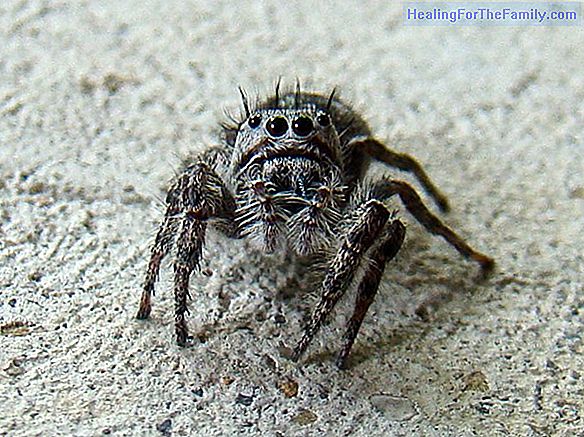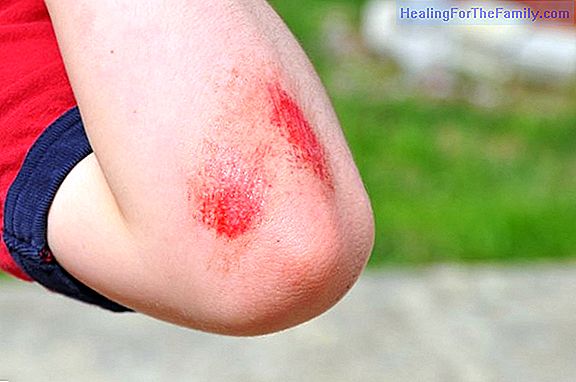Curiosities about citrus fruits in the diet of children
Citrus fruit are more or less acid fruits that come from trees that require not very severe winters to survive, and a lot of light. We can include in this group orange, lemon, grapefruit, lime or tangerines . These fruits have all characteristics similar to each other, but also differences. We tell
Citrus fruit are more or less acid fruits that come from trees that require not very severe winters to survive, and a lot of light. We can include in this group orange, lemon, grapefruit, lime or tangerines. These fruits have all characteristics similar to each other, but also differences.
We tell you some curiosities that you did not know about citrus fruits in children's diet.
Questions and answers about citrus fruits in the children's diet

When to introduce citrus fruits in the infant diet after the start of complementary feeding?
As with most fruits, there is no specific age for the introduction of citrus fruits, neither as a precaution nor as a necessity. Citrus fruits are no more or less necessary than other fruits, since they do not provide any micronutrient that can not be found in other foods.
Are citrus fruits highly allergenic foods?
No, they are not. However, the citric acid present in these fruits can cause a redness around the mouth of the baby when consumed as they are usually sensitive to acid. The greater the amount of acid, the greater the chance of these rednesses appearing, which may cause irritation or rashes not only around the mouth but also in the diaper area.
What benefits do citrus fruits have on the children's diet?
Citrus fruits are a very interesting source of vitamin C, extremely useful for the absorption of non-heme iron from foods of vegetable origin. Because of this, and since complementary feeding is introduced, among other reasons, to ensure the supply of iron that breastfeeding can not ensure, it would be interesting to include citrus fruits in the diet soon and in a frequent manner to ensure maximum utilization of iron.
What micronutrient content do these fruits have?
In general, they are characterized as being a very important source of vitamin C, but not only contain this vitamin, they also contain not insignificant amounts of folic acid and provitamin A. Among the most important minerals are potassium, magnesium and calcium , very important minerals for bones, especially in the stages of growth, and muscles, necessary for the considerable physical exercise that our little ones perform. In addition, and of vital importance to ensure the not always easy task of hydration in childhood, these fruits contain a large amount of water.
What is your caloric content?
These fruits contain around 50 kcal per 100g of edible portion, which places them within low-calorie fruits.
These fruits are an important source of fiber, but what happens when they are consumed in the form of juice?
When citrus fruits are squeezed, all the fiber is lost and the sugars become more accessible (easier to absorb) and harmful to the teeth.
The most consumed citrus fruits, oranges and mandarins, are easy to carry in the backpack and consume as snacks at recess or at the end of school, becoming a sweet snack with many benefits for the health of the little ones.












